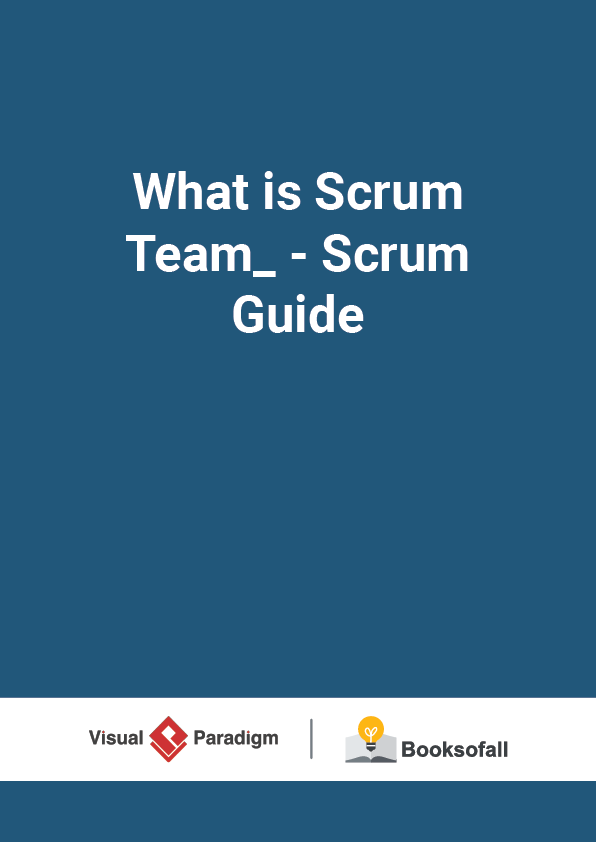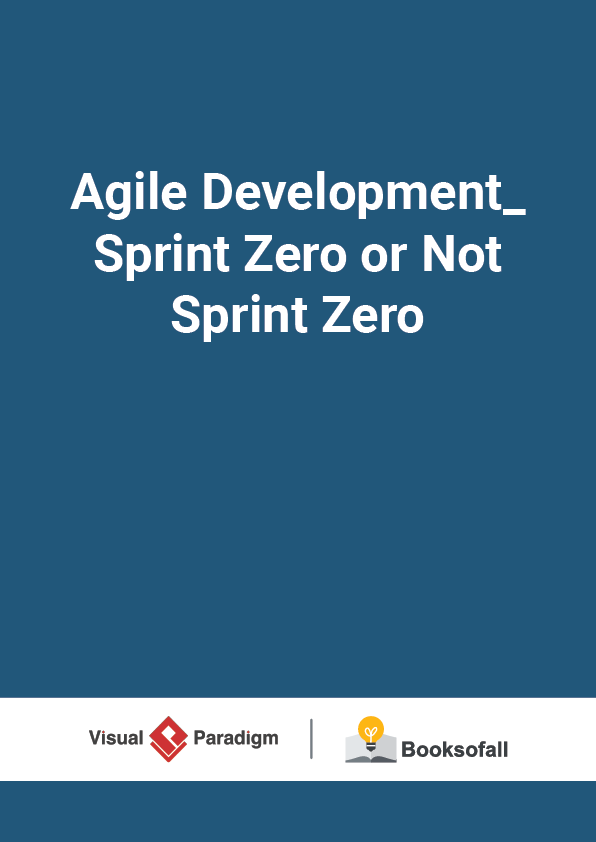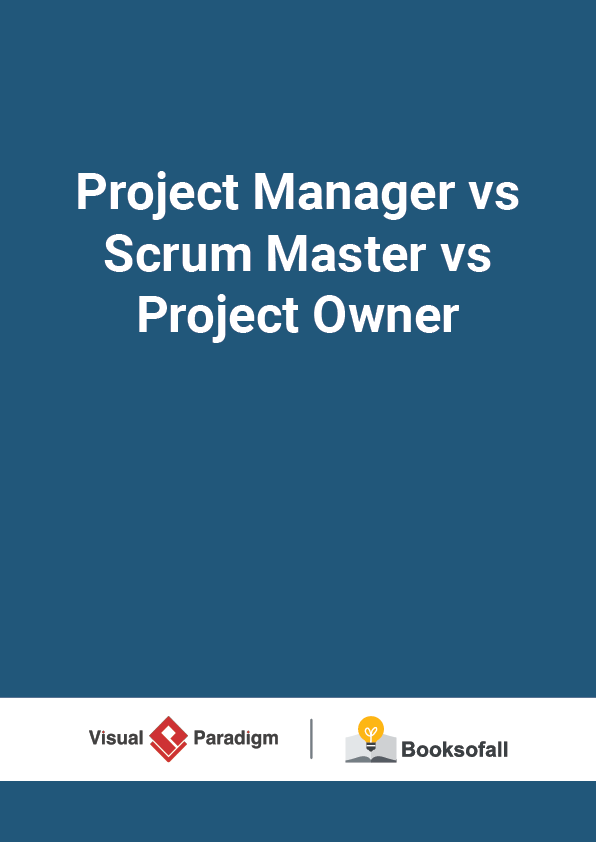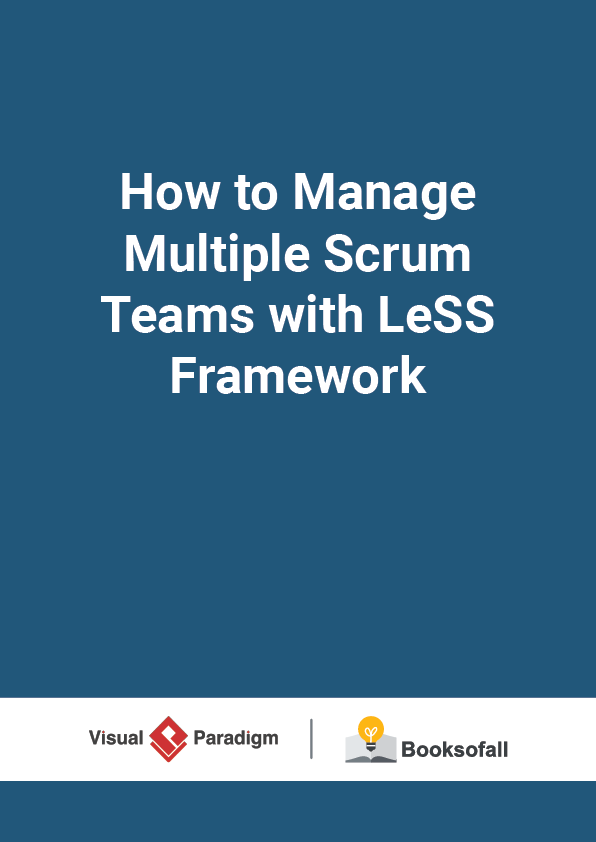What is Scrum Team? – Scrum Guide
5-6 minutes
A Scrum Team is a collection of individuals (typically between five and nine members)working together to deliver the required product increments. The Scrum framework encourages a high level of communication among team members, so that the team can:
- Follow a common goal
- adhere the same norms and rules
- show respect to each other
Structure of Scrum Team
The Scrum Team. The Scrum team includes the:
- Product Owner
- Scrum Master , and
- Development team
What is Scrum Team
The Scrum Team share different tasks and responsibilities related to the delivery of the product. Each role are closely inter-related. It is recommended for Scrum team members work together in the same location whenever possible. Let’s take a look at each of these roles in terms of their responsibilities, authority, and characteristics.
Product Owner
The Product Owner is the Team member who knows what the customer wants and the relative business value of those wants. He or she can then translate the customer’s want sand values back to the Scrum team. The Product Owner must know the business case for the product and what features the customers’ wants. He must be available to consult with the team to make sure they are correctly implementing the product vision. Most importantly, he must have the authority to make all decisions necessary to complete the project, in other words, the Product Owner is responsible for managing the Product Backlog which includes:
- Expressing Product Backlog items clearly.
- Ordering the Product Backlog items to best achieve goals and missions.
- Optimizing the value of the work the Team performs.
- Ensuring that the Product Backlog is visible, transparent, and clear to all, and shows what the Team will work on further.
- Ensuring that the Team understands items in the Product Backlog to the level needed.
Scrum Master
The scrum master help to keep the team accountable to their commitments to the business and also remove any roadblocks that might impede the team’s productivity. They met with the team on a regular basis to review work and deliverables, most often in a weekly cadence. The role of a scrum master is to coach and motivate team member, not enforce rules to them. The role of a scrum master includes:
- ensure the process run smoothly
- remove obstacles that impact productivity
- organize the critical events and meeting
Development Team
Development Teams are structured and empowered by the organization to organize and manage their own work. The resulting synergy optimizes the Development Team’s overall efficiency and effectiveness. Development Teams have the following characteristics:
- They are self-organizing. No one (not even the Scrum Master) tells the Development Team how to turn Product Backlog into Increments of potentially releasable functionality;
- Development Teams are cross-functional, with all the skills as a team necessary to create a product Increment; Scrum recognizes no titles for Development Team members, regardless of the work being performed by the person;
- Scrum recognizes no sub-teams in the Development Team, regardless of domains that need to be addressed like testing, architecture, operations or business analysis; and,
- Individual Development Team members may have specialized skills and areas of focus, but accountability belongs to the Development Team as a whole.











